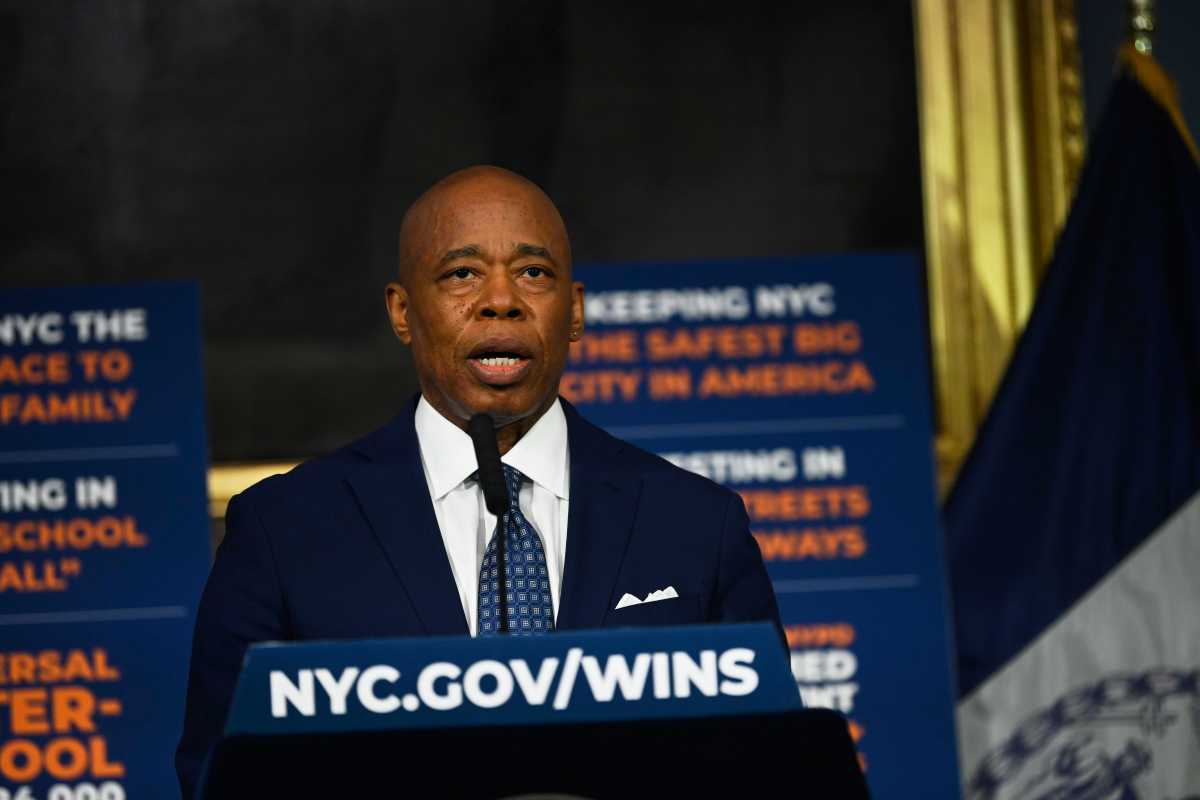By Larry Penner
A recent announcement by the Metropolitan Transportation Authority that Amtrak may be responsible for additional delays on the progression of Long Island Rail Road East Side Access to Grand Central Terminal project is nothing new. Insufficient support from Amtrak, including track outages and assignment of Force Account Signal and other workers, has been responsible for periodic delays since 2006. Watch for a future MTA announcement that opening day of service has been moved from December 2022 to 2023 or 2024.
Experienced LIRR riders take advantage of existing options already available. Transferring at Woodside for the No. 7 express subway will take you to Grand Central Terminal in 15 minutes. This is just five minutes more than staying on to Penn Station. Changing at Queensboro Plaza from the No. 7 subway for either the N or Q subway will take you to 59th Street and Lexington Avenue in even less time. LIRR passengers disembarking at either Hunters Point or Long Island City can transfer to the No. 7 subway and arrive at Grand Central Terminal in under five minutes.
There is also a ferry at Long Island City with connections to 34th Street, Wall Street and other destinations. Another option for LIRR riders is to change at Jamaica for the E subway line. The E line will take you to 53rd Street and Lexington Avenue. You can also change from the E line to the F line at Union Turnpike. The F subway line takes you to 63rd Street and Lexington Avenue. You can also change from the E line to the R line at Queensboro Plaza. The R line will take you to 59th Street and Lexington Avenue.
Until the 1970s, both LIRR and New Jersey Transit riders exiting east at Penn Station had a direct underground passageway known as the Hilton Corridor. It was also known as the Gimbel’s passageway. Gimbels was Macy’s chief competitor at Herald Square. This provided a simple indoor connection to the 34th Street Herald Square IND and BMT subway, along with the Port Authority Trans Hudson station complex.
Further, there was an underground passageway along Sixth Avenue, which went as far north as 42nd Street. As a teenager, I remember avoiding the rain and snow by using this indoor path. It would provide easy access to both the main branch of the New York Public Library and the long-gone Stern’s department store on 42nd Street..
Both passageways were closed many decades ago by New York City Transit and the LIRR, due to security issues. If reopened today, commuters would have easy connections to the Broadway N, R and Q as well as Sixth Avenue B, D, F and M subway lines along with the PATH system—rather than walking outside on the street exposed to both inclement weather and heavy vehicular traffic.
By using either the subway or walking (most New Yorkers can manage walking a few blocks to work and we could all use some healthy exercise), riders would have direct access via these subway lines to Midtown or the East Side of Manhattan along either the Broadway, Sixth Avenue, 42nd, 53rd, 59th or 63rd street corridors, served by numerous subway lines and stations.
How disappointing that the Hilton Corridor, which previously provided transit options for thousands of rush-hour commuters, continues to lay dormant after so many decades.
Consider transit riders’ disappointment that a proposal submitted by one of New York City’s developers, Vornado Realty Trust, to pay for construction to reopen the Hilton Corridorwas never completed. They had offered to do this in exchange for a city zoning variance to construct a high-rise office building at Seventh Avenue and 32nd Street. While the zoning variance was approved, Vornado Realty Trust never moved forward with construction of the building. This was due to a weak market for potential renters.
This connection could probably be restored in several years for less than the cost of one individual East Side Access construction contract or several of the larger construction contract change orders. Vornado Realty Trust estimated that the cost for reopening this 800-foot indoor corridor would be under $150 million. The Vornando Trust developed a proposal to reopen and widen it from some points where it narrows to nine feet for $50 million. Converting the total length to 15 feet wide could cost up to another $100 million. Diogenes, one of the Greek founders of Cynic philosophy, is still searching for an elected official or MTA board member to step forward and suggest adding this project for $150 million to the $28 billion MTA Five Year 2015-2019 Capital Program.
Larry Penner
Great Neck
(Larry Penner is a transportation historian and advocate who previously worked 31 years for U.S. Department of Transportation Federal Transit Administration.)


































